‘There’s not enough money!’ Fears desperate farmers could ABANDON food-production and turn land into mass solar farms
Farmers have admitted to GB News they fear being forced to “rethink” and consider turning their land into solar farms amid Rachel Reeves’s inheritance tax raid.
Agricultural workers across the country told the People’s Channel that anxiety over profitability risked more and more people in the sector weighing up their options.
They urged the Government to give more consideration for food security amid concerns farming land will be lost to those turning to the green energy sector for money.
Farmers’ fears come after proposals were put forward for a 3,000-acre Tillbridge Solar Farm near the West Lindsey villages of Glentworth and Fillingham in Lincolnshire. Speaking at a meeting at Lincolnshire County Showground, one farm owner spoke in favour of the project, claiming using the land for energy would net more profit.
Tim Elwess said: “None of us will be losing our jobs – in fact, solar will be bringing new jobs and opportunities for us.
“My fields aren’t growing food. It’s mostly wheat for biofuel, and low-intensity grassland solar generation would be a better use of the land.”
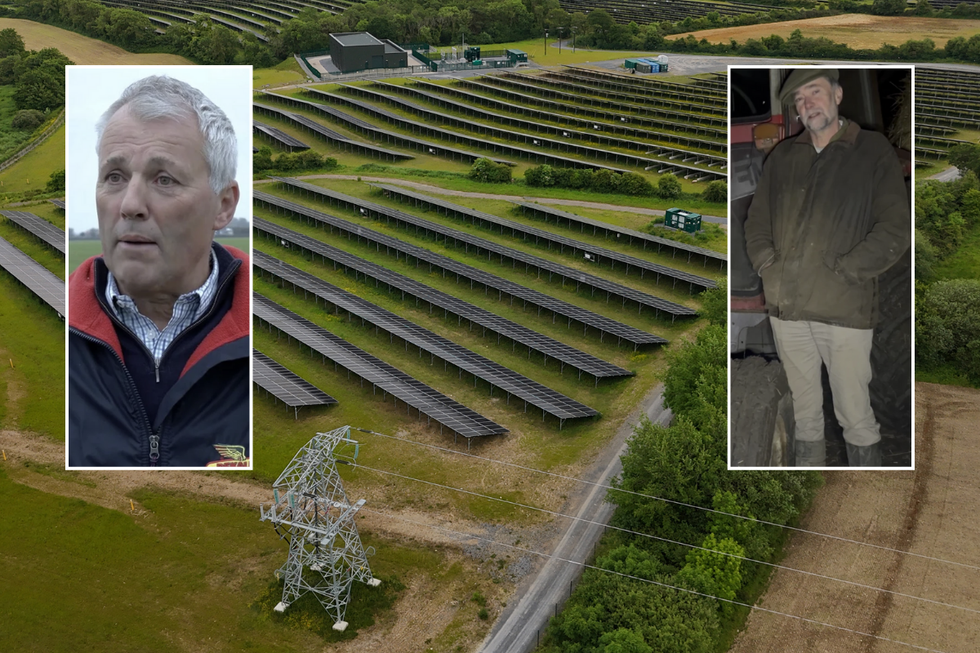
Speaking to GB News, Lincolnshire farmer Andrew Ward expressed sympathy for Elwess and admitted plenty others could end up feeling the same way.
He said: “It is difficult, but it does all come down to finances. When you can make what you’re getting paid as a farmer, you get paid about £1,100 an acre for solar, against growing a crop, which you’re getting probably a quarter of that.
“You can see why people are doing it. It’s wrong, yes, but what else? Where do we go on this?
“It’s all about food security. It’s the food system. It’s supermarkets or people in the supply chain taking too much of the slice of the cake, the farmers at the bottom of the food chain getting the most amount. They’re the ones producing the food.
“There’s a huge problem with the food supply system that’s never been addressed, and solar is the outcome. There needs to be a rethink.”
However, he added: “You’ve got to remember, you can’t just go into solar. You’ve got to have adequate substation capacity nearby. There has to be a huge amount of infrastructure in place before solar can go in.”
When asked if he would ever consider it himself, Ward said: “Yes, I think if the opportunity arose, but I wouldn’t want to be looking out at it, out my house that is for sure.
“The other way of looking at it is, say if a farm could partly go into solar but then carry on farming the rest of it, then that solar could prop up the financial market, could make the rest of the farm financially viable in years when you don’t make any money growing food.
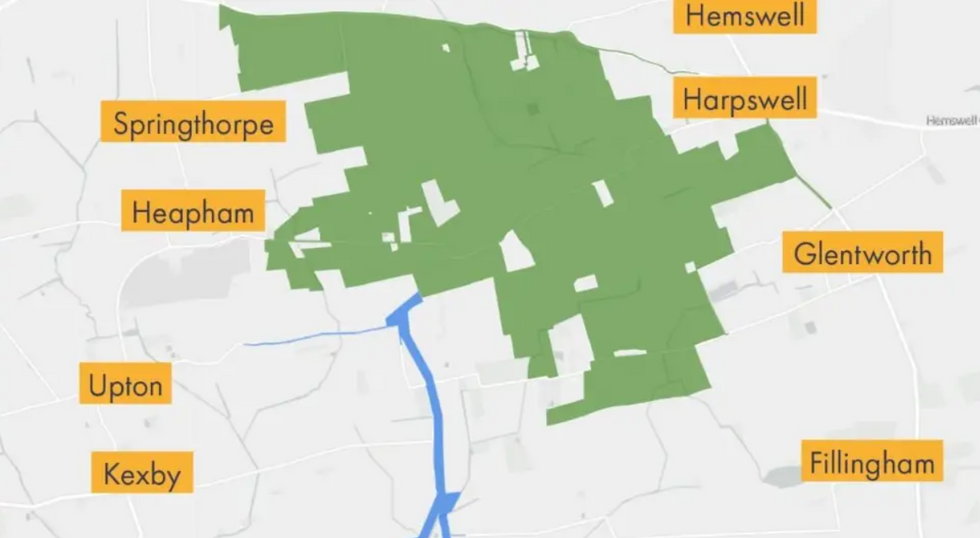
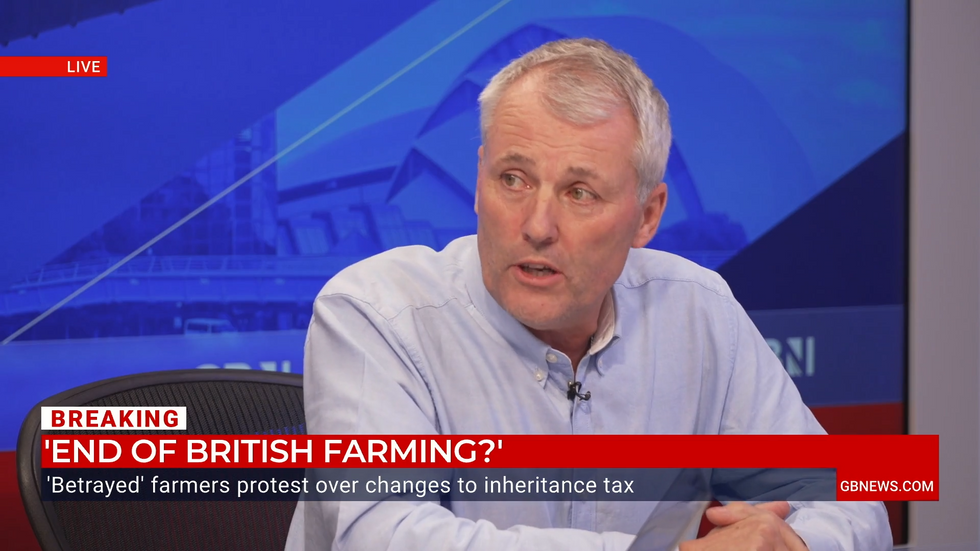
“So overall, the overall profit of the farm would be better. You might lose money growing food, but make decent money growing solar to average the two hours, and you know, you make a profit.
“There is not enough money in farming and producing food at the minute, and this is why we’ve got all this solar coming in, and why farmers are accepting it.”
However, fellow farmer Richard Munday from Much Hadam in Hertfordshire, told GB News: “I don’t really see quite where [Elwess] is expecting this to be creating new opportunities. You’re not going to have people running around and looking after those panels.
“What you’re losing is all the business of cultivation of ground or farming in whatever shape or form you do it.
“It seems to me that in this country, we have an altogether too limited view of the value of food production, and that is based upon the fact that we have been in the happy position of being able to import food from overseas.
“We’re in the position where people think you can do anything else. You can concrete the country over, build roads over, build houses over. It puts farms over, it doesn’t matter about food. Well, in the end, it does, and that is the crucial thing.”
There has been outrage from the farming community over Labour’s controversial plans that while there would continue to be no inheritance tax due on combined business and agricultural assets worth less than £1million, above that there would be a 50 per cent relief, at an effective rate of 20 per cent, from April 2026.
The Government was accused of betraying family farmers, with accusations that the £1million limit would only cover the smallest farms. The move has become a political flashpoint for an industry struggling with rising costs, unfair supply chains and climate change.
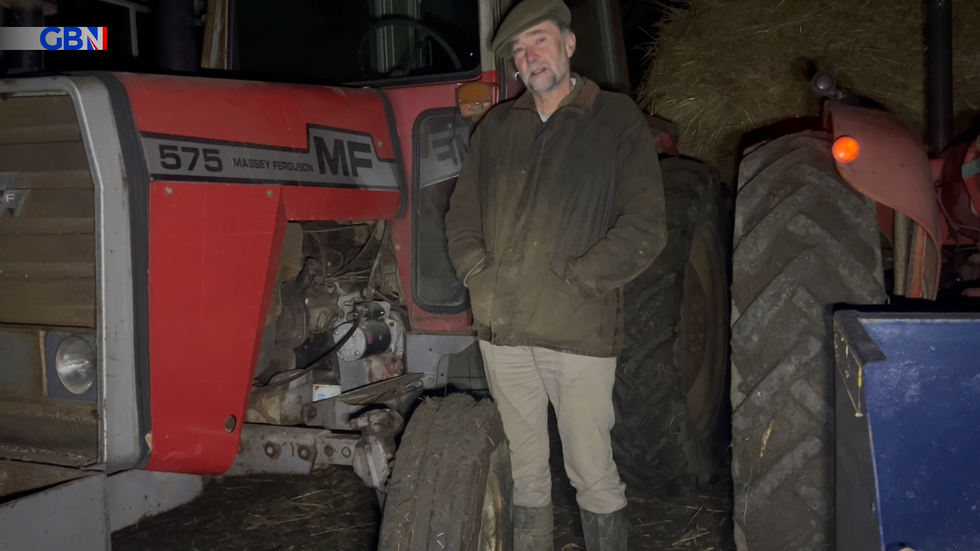
Philip Ashton, a farmer in Lincolnshire who has solar panels on some of the roofs on his farm, said it should be up to landowners to make their own decisions given the current challenges facing agriculture.
However, he admitted frustration that some in the sector no longer believed farming was as profitable as turning to solar energy.
He told GB News: “If it’s on good productive variable land, then obviously it’s a bad decision to build it. But if it’s on brownfield scrubland, then it’s land of low productive value, then that’s probably the right thing to do.
“I don’t think solar panels should be on arable land, on crop-growing land. I’m an industrial estate and there’s roofs and roofs all over the place here with no solar panels. They shouldn’t be on farmland. They should be on blooming factory roofs.
“I get why [Elwess] has done it but it isn’t right, the growing crop should be more profitable than the business of growing food. It should be more profitable than forfeiting that land for energy production.”
Back in July, Secretary of State for Energy Security Ed Miliband granted planning permission to the 500 MW Sunnica solar farm on the Cambridgeshire and Suffolk border. Longfield Solar, a 500 MW installation near Chelmsford, Essex, received approval in 2023.
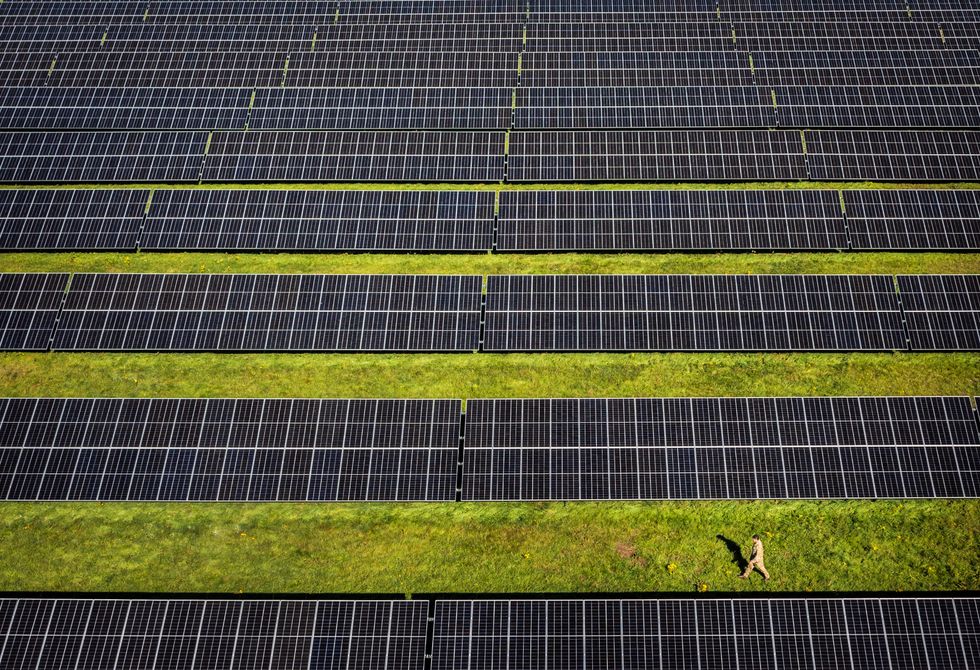
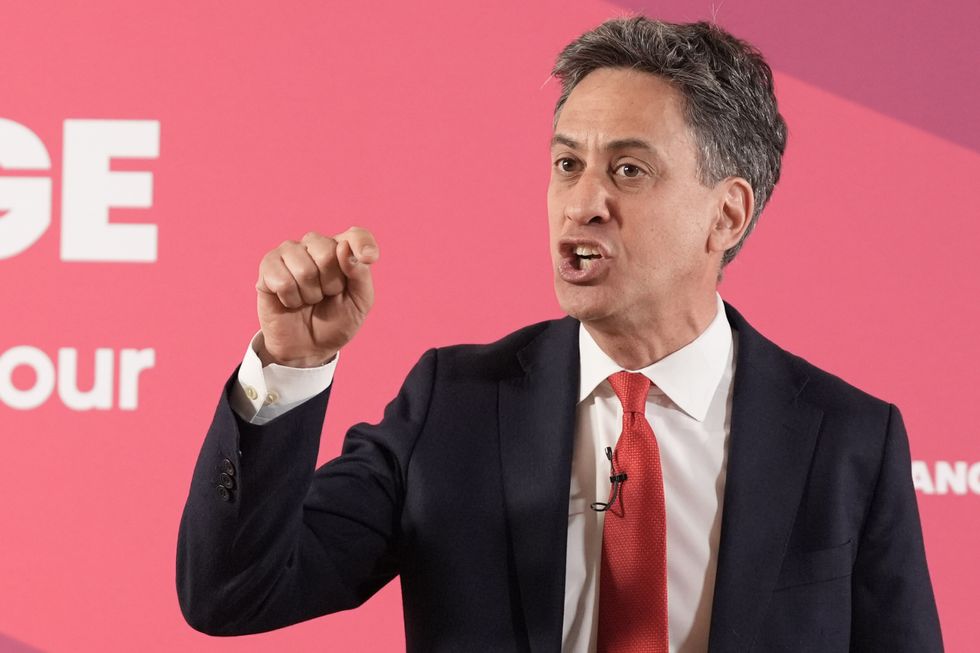
In December, Labour confirmed it wanted to increase solar generation in the UK from 16.6 gigawatts (GW) to 45-47 GW by 2030.
The proposals for 10 large solar farms across the East of England and Northamptonshire focus on about 24,000 acres of land and could generate a combined 4.3 GW of electricity, more than the new Sizewell C nuclear power station in Suffolk, which will generate 3.2 GW, reports BBC News.
Figures show Britain’s solar contribution to the National Grid was approximately 4.9 per cent of electricity in 2023, compared with 12.1 per cent in Germany.
A Department for Energy Security and Net Zero spokesperson told GB News: “Solar is at the heart of our mission to make Britain a clean energy superpower and the Energy Secretary has consented nearly 2GW since last July.
“Even in the most ambitious scenarios, solar would still occupy less than 1 per cent of the UK’s agricultural land – less than occupied by golf courses – while bringing huge benefits for the British public and our energy security. There are no hard targets for capacity in particular regions in place.
“It is important we take people with us and are considering ways to ensure communities who live near new clean energy infrastructure can see the benefits of this.”

